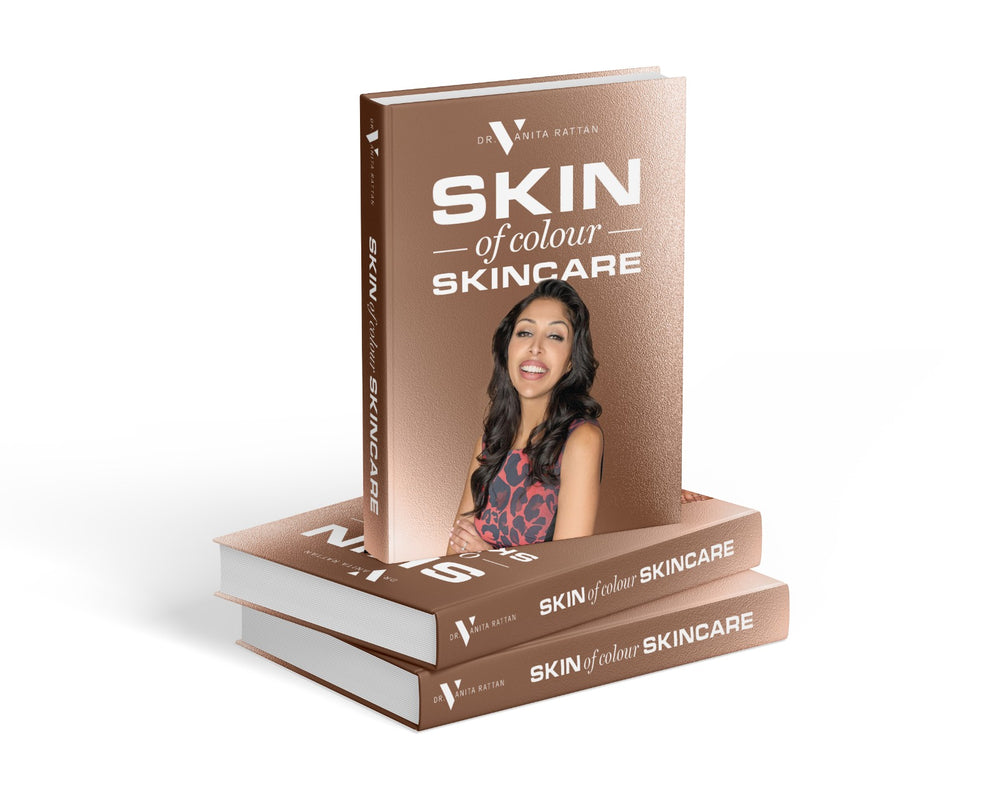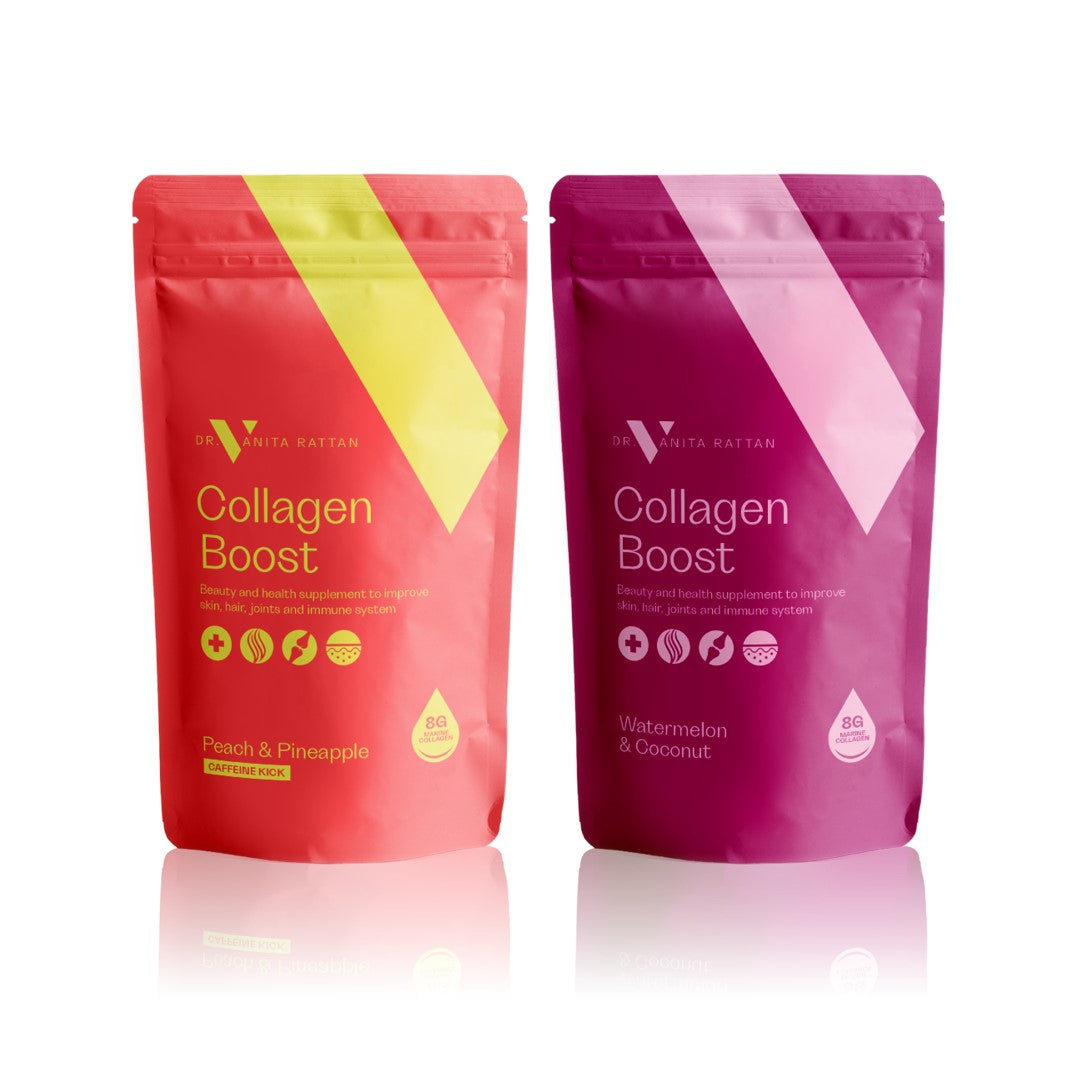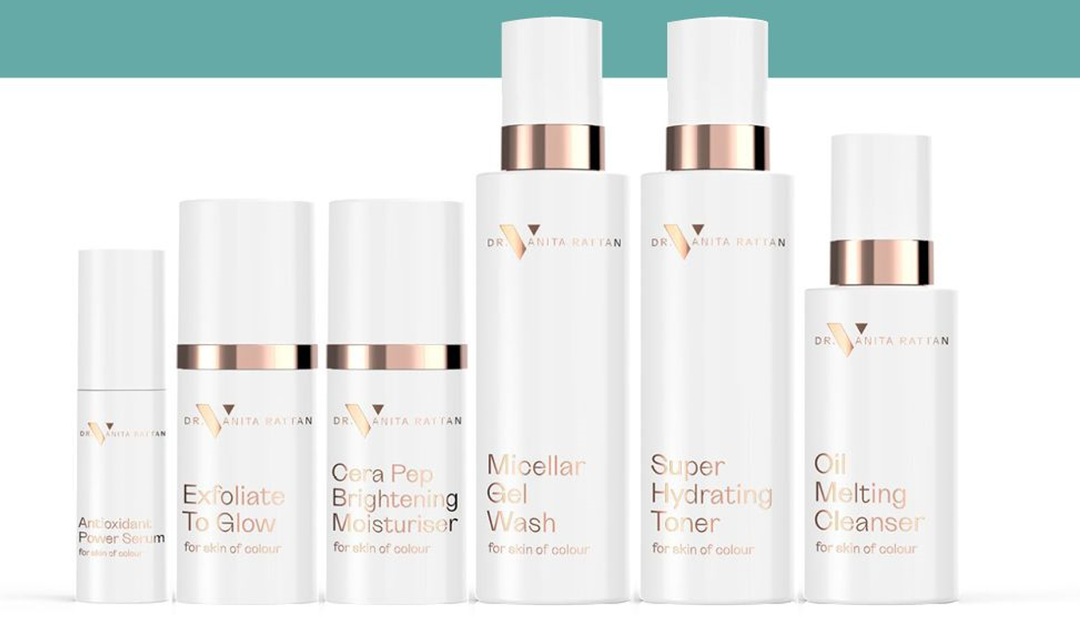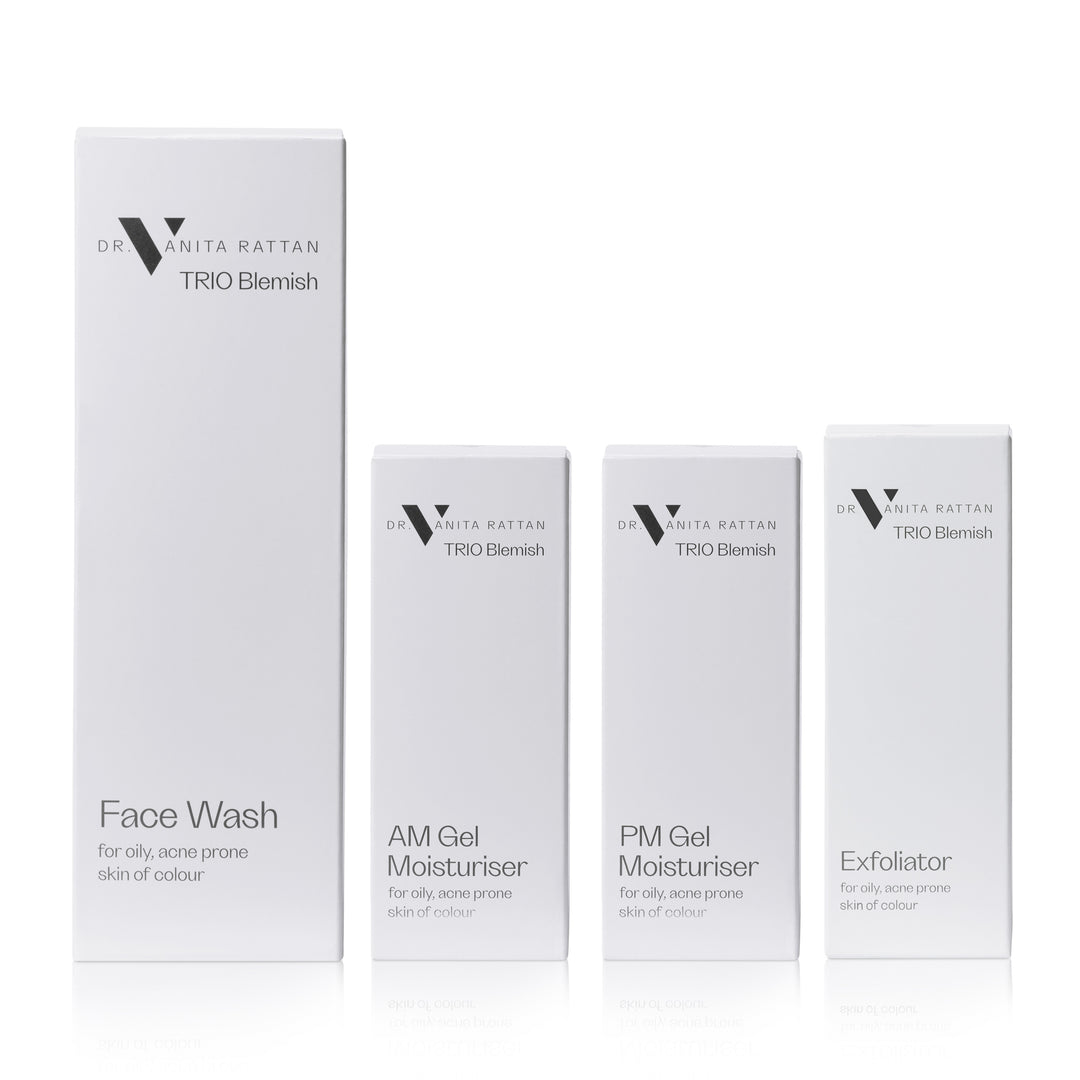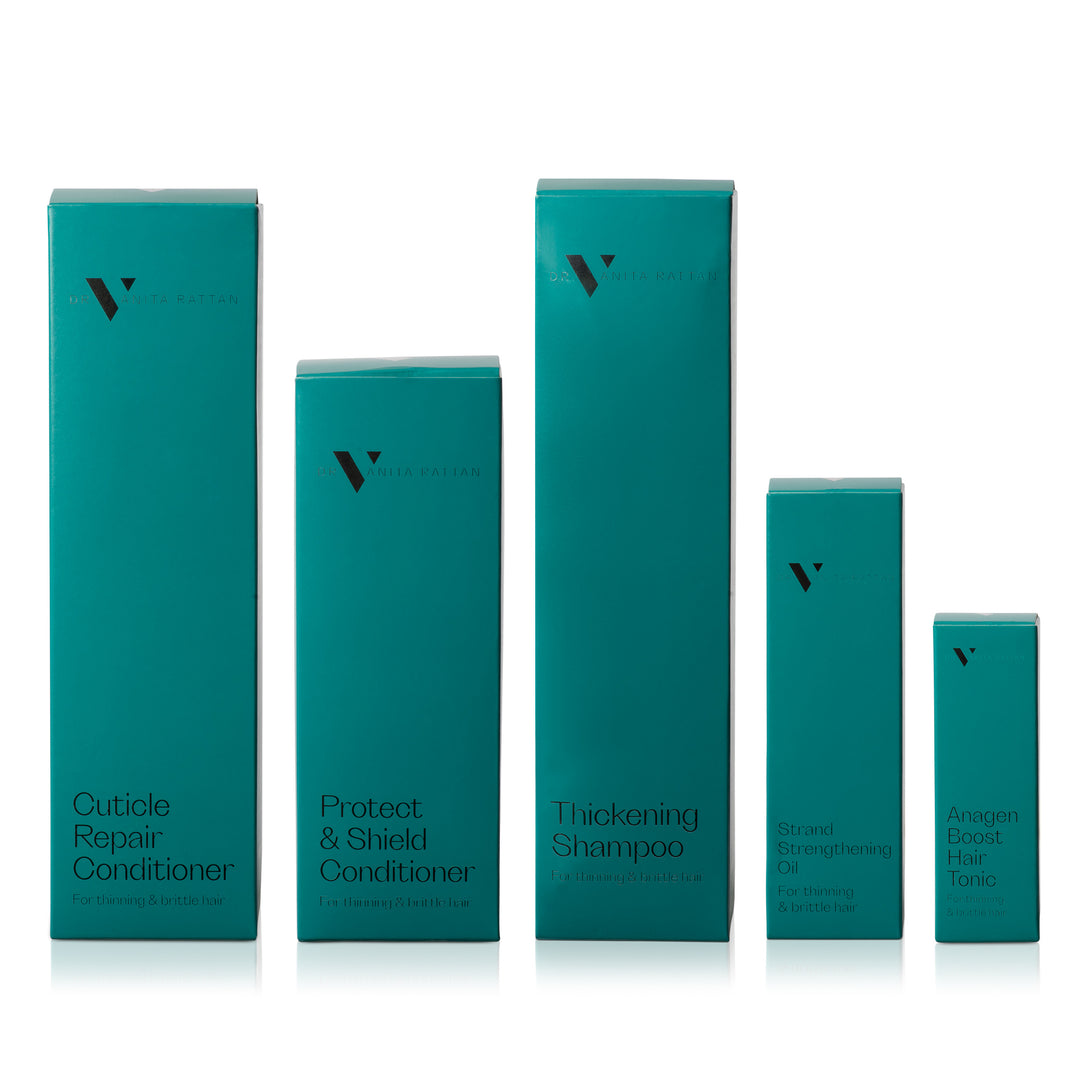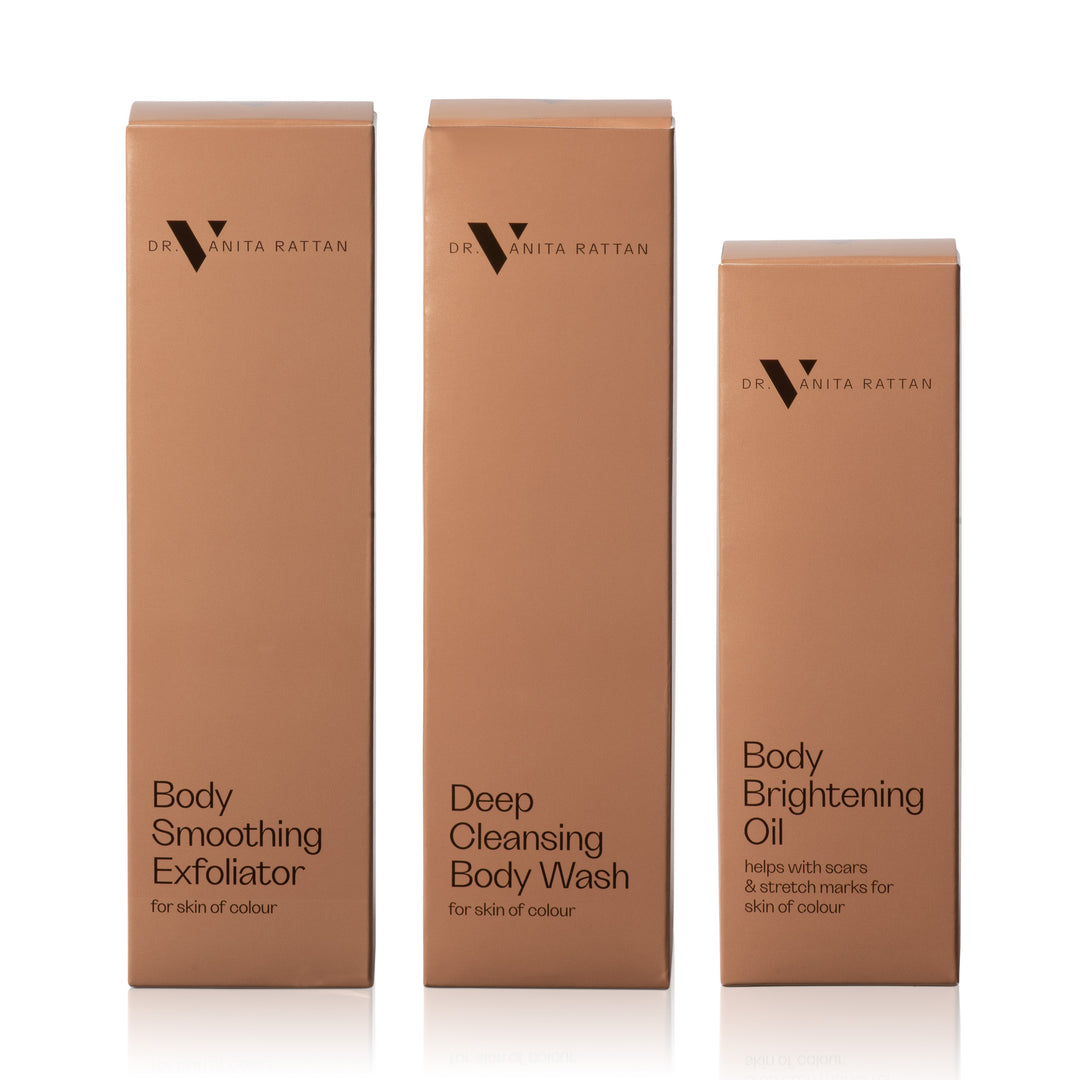Ingredient spotlight: Niacinamide

Niacinamide, also known as Vitamin B3, is a vital part of our cells. It plays a crucial role in the metabolism of carbohydrates, fats, and proteins, which are essential processes for maintaining overall health and proper bodily function. You can find it in many foods like chicken, green vegetables, fish, liver, mushrooms, and eggs.
However, if you're not getting enough vitamin B3 due to a strict diet, it can lead to problems like unhealthy skin and a damaged skin barrier. This can make your skin feel sensitive, dry, and flaky, especially when you apply skincare products that further irritate it.
Chemistry of Niacinamide
Niacinamide is a water-soluble vitamin and gets easily absorbed into the skin. Vitamins that are water soluble, like niacinamide, tend to be a lot easier to formulate with and this is why you'll find it in so many different skincare items. It also has a skin-neutral pH, which makes it non-irritating.
Niacinamide for Hyperpigmentation
In our skin, there are distinct layers—the top layer, known as the epidermis, and the deeper layer, called the dermis. The junction between these layers is where melanocytes reside. These are the cells responsible for producing melanin, the pigment that gives skin its colour. For individuals with skin of colour like us, these melanocytes are highly sensitive and easily triggered.
When these melanocytes are irritated or inflamed, they can produce excess melanin, leading to hyperpigmentation. This can happen due to acne, melasma, ageing, or even burns. The melanocytes release melanin into nearby skin cells, which then rise to the surface like a conveyor belt, resulting in visible hyperpigmentation.
Niacinamide steps in to reduce this process by decreasing the transfer of melanin from melanocytes to surrounding skin cells. This helps to minimise hyperpigmentation and promote a more even skin tone.
In clinical studies comparing the effects of 4% hydroquinone and 4% niacinamide, similar results were observed. However, niacinamide has fewer side effects and less irritation compared to hydroquinone. While hydroquinone is considered a gold standard in treating hyperpigmentation, its potential side effects, especially for individuals with skin of colour, make niacinamide a preferred choice.
Since niacinamide is one of our favourite tyrosinase inhibitors and this is why you will find it in most of our products. However, if you’ve stubborn hyperpigmentation like melasma or acne marks, a single ingredient would not be effective enough. You would need a cocktail of tyrosinase inhibitors such as alpha arbutin, octadecenedioic acid, retinaldehyde, and kojic acid dipalmitate. In our Facial Pigmentation Kit, we have added 10 types of tyrosinase inhibitors which are effective in reducing hyperpigmentation.
Niacinamide for hydration
Niacinamide is a hydration powerhouse. It not only moisturises the skin but also plumps up the skin cells, resulting in flawless, glowing skin. A well-hydrated skin strengthens the skin barrier and promotes a healing environment for the skin. This is crucial to neutralise and mop up free radicals which damage our skin cells.
Niacinamide for stimulating collagen
Niacinamide also helps stimulate collagen production by reducing glycation, a process where glucose covalently bonds to collagen in the skin. Glycation reduces skin elasticity and contributes to skin ageing. Niacinamide reduces this process and is beneficial for combating signs of ageing.
Niacinamide for acne
Niacinamide is a highly effective ingredient for acne-prone skin. It helps regulate sebum production, the size of pores and the appearance of dark marks. It is also a safe ingredient for kids aged 10 and older dealing with acne. It's especially important to address acne early in children, particularly those with skin of colour. Acne in individuals with skin of colour often leads to scarring and hyperpigmentation, which can last for years. In contrast, Caucasian skin typically experiences temporary red marks that fade over time. Dr Vanita Rattan’s Trio Blemish Complete Range is designed to tackle acne, red acne marks and brown acne marks. Our clinical studies revealed that about 70-78% of users witnessed improvement in pores, blackheads and oil control in 4 weeks, and about 65% of users reported a reduction in the appearance of red marks & brown marks in just 8 weeks.
Can we use Niacinamide with Vitamin C?
When purchasing niacinamide cream, serum, or gel, it's essential to consider the other ingredients in the product. For instance, ascorbic acid, a form of vitamin C, is acidic and has a low pH level, whereas niacinamide has a skin-neutral pH. Mixing these two ingredients may not be ideal due to their differing pH levels. Instead, go for tetrahexyldecyl ascorbate (THD), a fat-soluble form of vitamin C, with niacinamide to ensure that the pH is not affected.
What is the ideal percentage of niacinamide?
The biggest mistake that people often make is using a 10% concentration of niacinamide on their face. But, recently, clinical studies have indicated that 10% niacinamide may not be the optimal concentration for skincare products. Instead, research suggests that concentrations ranging from 2% to 5% are the sweet spot for achieving maximum benefits without causing skin irritation. It's important to note that this recommendation applies specifically to leave-on products (not wash-off). Therefore, it's best not to layer multiple skincare products containing niacinamide on your face to avoid potential irritation.
For instance, in our Dr. Vanita Rattan Cerapep moisturiser, you'll find a 2% concentration of niacinamide. When layered with Dr V Inzincable SPF 50, which also contains 2% niacinamide, you'll have a total concentration of 4%. This combination provides the optimal amount of niacinamide for your skin's benefit.
Incorporating niacinamide into your skincare routine wisely can lead to healthier, happier skin. Remember, balance is key to achieving radiant results.


